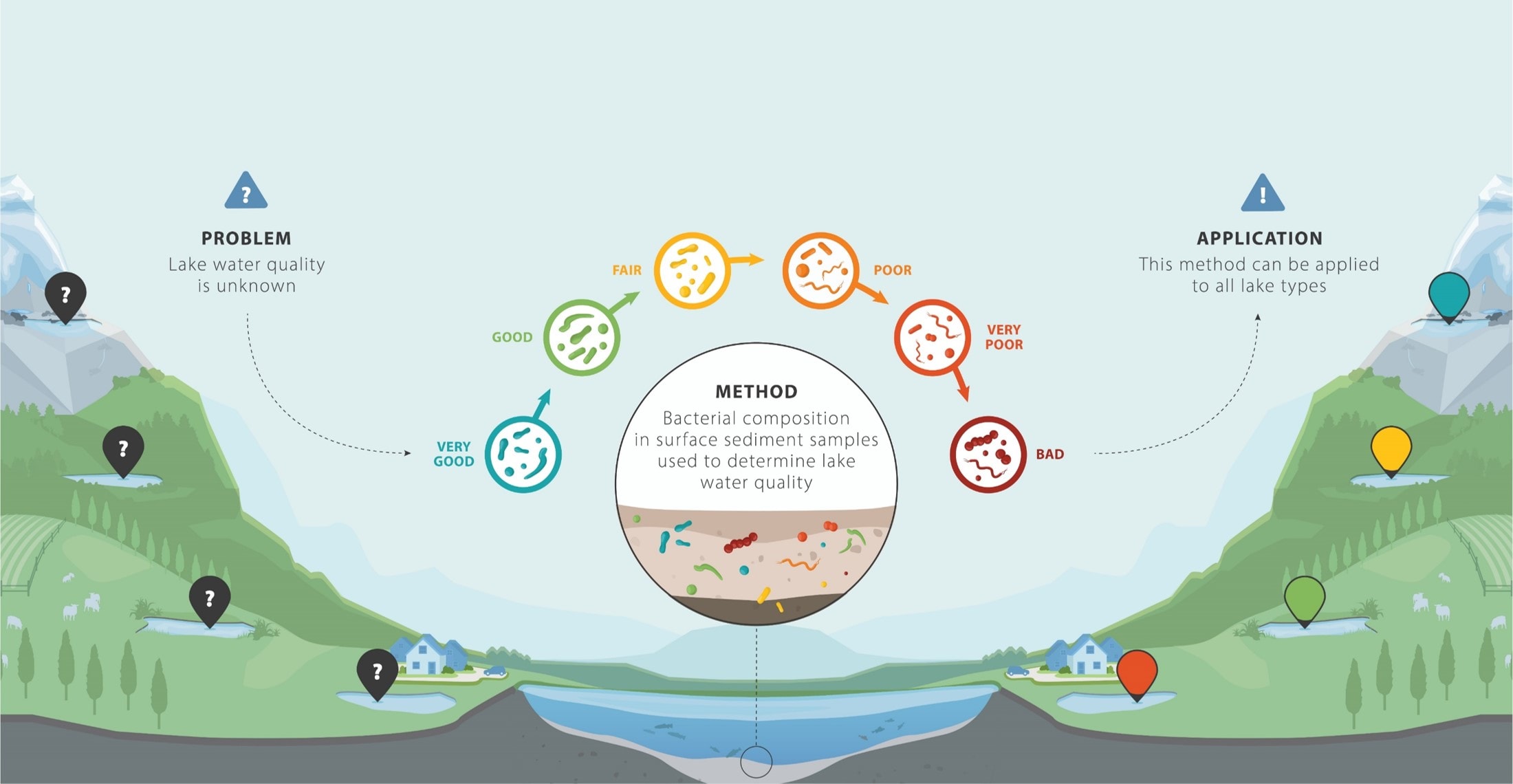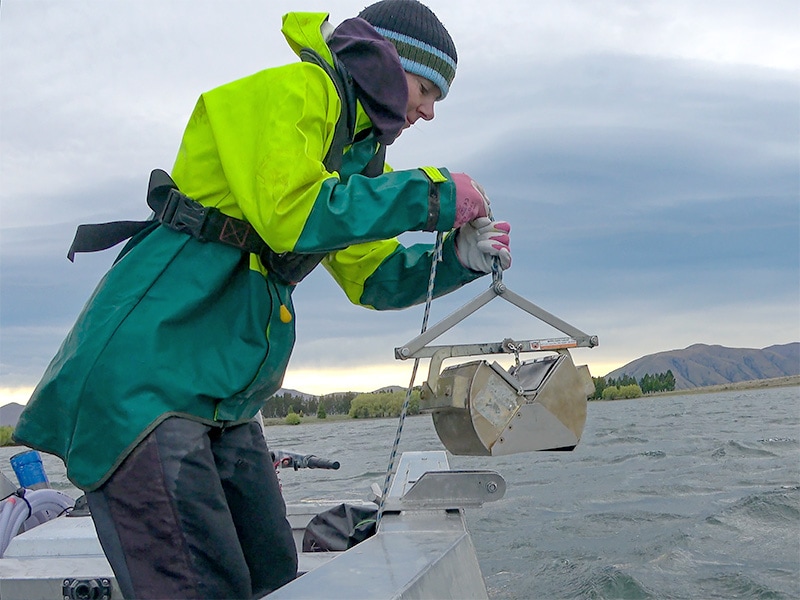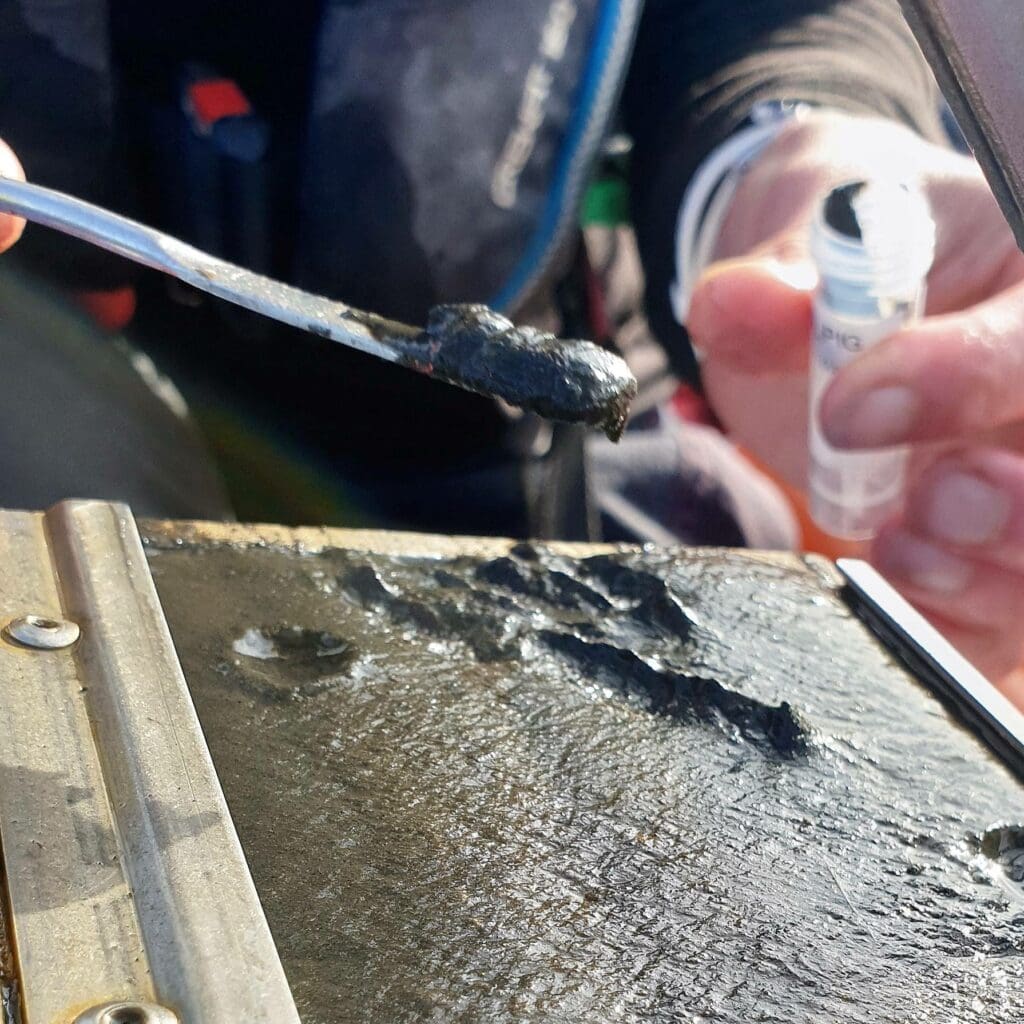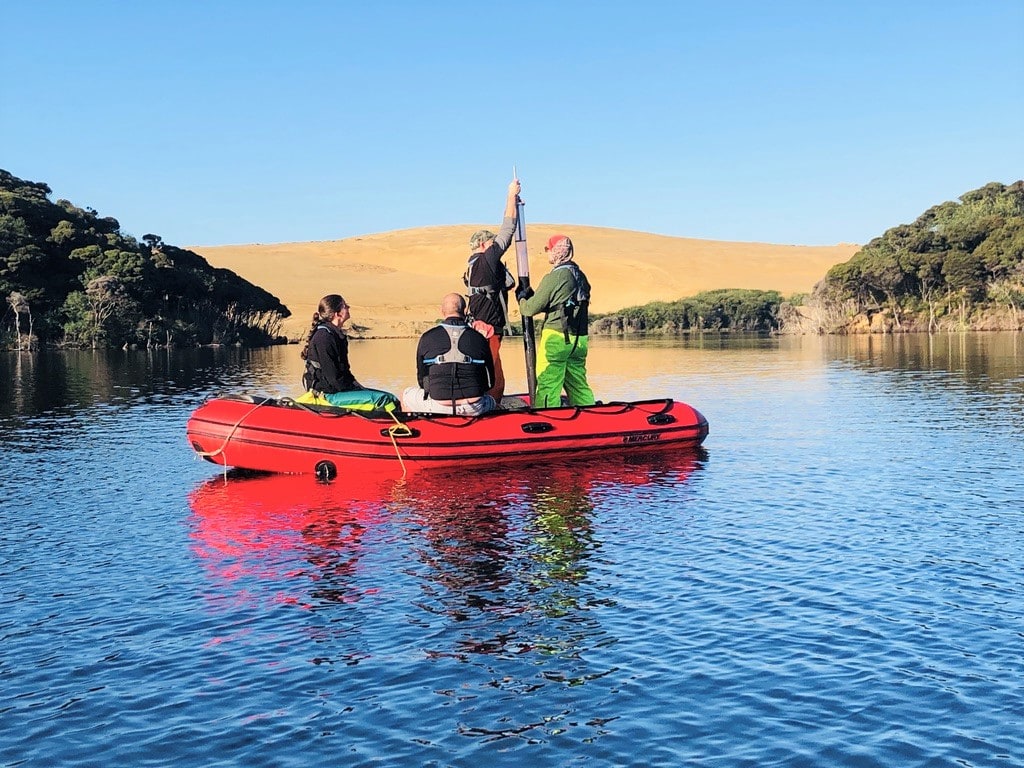Lake Health
With a focus on sustainable outcomes, we aim to further empower regional councils, iwi and other community groups to make informed decisions for the wellbeing of lakes.
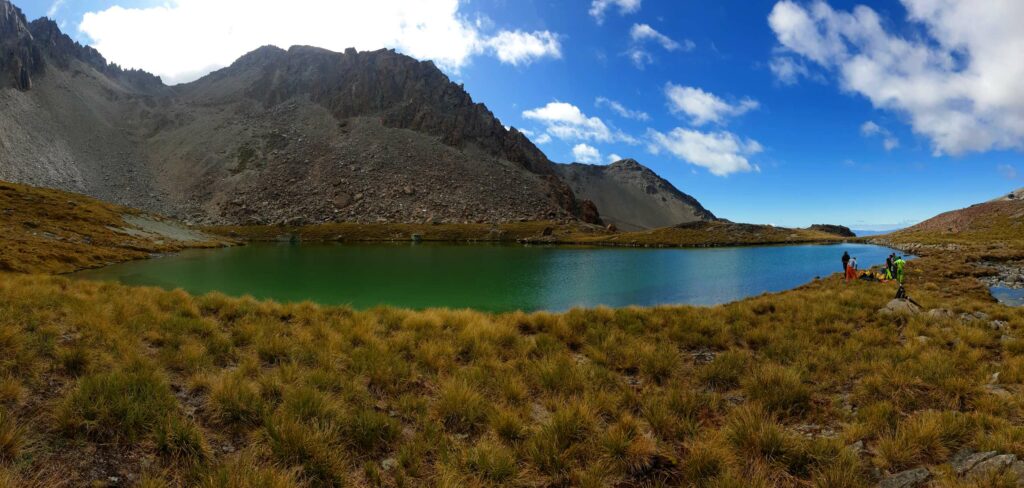
eDNA Services For Lakes
We have a range of eDNA tools that can be used to help understand the health of a lake and measure biodiversity.
Estimating Water Quality
Traditional lake monitoring, although important and often necessary, can be time consuming and expensive. This limits the number of lakes that get monitored. eDNA can be a cost effective option in the right circumstances.
Lake surface sediments hold a valuable record of the environment's history, and they're packed with tiny living organisms. Imagine it as a time capsule that tells us a lot about what's been happening in a lake over time.
As part of the Lakes380 project, a Sediment Bacterial Trophic Index (SBTI) tool was developed.
Lake Water Quality - Sediment Bacterial Trophic Index (SBTI)
SBTI is a robust eDNA-based tool. It provides a rapid and cost-effective method to estimate lake water quality. Using eDNA we identify indicator bacteria in a surface mud sample. The SBTI signficantly correlates with the traditionally used "Trophic Lake Index".
A bacterial index to estimate lake trophic level: National scale validation
Our team can work with you to monitor lakes in your area. If you're curious to learn more, don't hesitate to reach out to us!
Consultancy Services
We specialise in collaborative project planning, offering co-design and support to ensure effective implementation. Our work is tailored to meet the needs of regional councils, iwi, and other community groups.
In addition to molecular testing, we can also offer a full range of physical and chemical water quality monitoring and analysis, providing valuable information about the health of our lakes.
We also specialise in functional indicators like ecosystem metabolism and dissolved oxygen modeling, offering practical insights for management decisions. Our consultancy also covers sediment core analysis, a key tool for understanding environmental changes over time.
